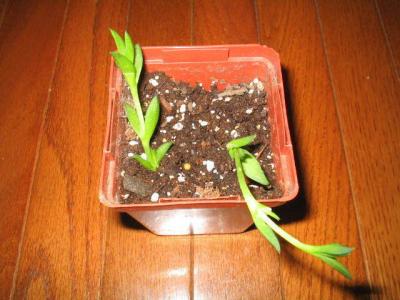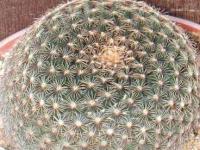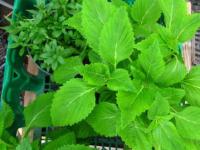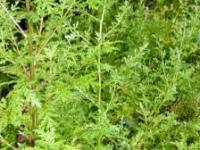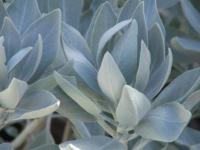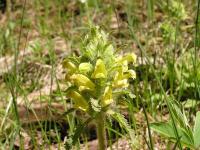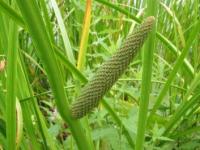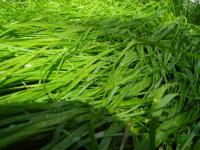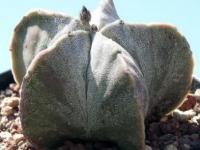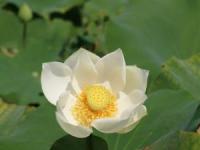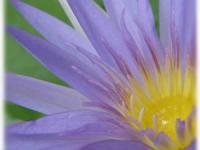Sceletium Tortuosum (Kanna)
20 Seeds
Sceletium Tortuosum is a mesemb succulent native to South Africa, where it was historically chewed by the local people for mood elevation. Sceletium, or kanna , has captured the attention of researchers and is sometimes used today as a natural alternative to chemical antidepressants. Unfortunately, widespread interest in the plant has led to over-harvesting and endangerment. It is a specialty plant that is hard to find in nurseries or garden centers. Despite that, kanna is easy to maintain and makes a great houseplant. It grows rather quickly and can even flower just by placing it in a sunny window. Outside it is drought-tolerant and may be able to survive a brief frost, although precautions should be taken to avoid this if possible. The small flowers are delicately beautiful and can vary in color but are typically white or yellow. Growing from seed is great for plant enthusiasts who enjoy a little bit of a challenge, but cuttings will root rather easily for growers with less patience or confidence. Plants prefer a well-draining, sandy soil, which should be watered when it has dried out a bit. A commercial cactus mix or a mixture of compost, sand and perlite will work well. Sceletium can be fertilized occasionally, but does not particularly require it.
Growing Information:
Sceletium seeds contain germination inhibitors. This is actually a common defense for many plant species because it causes staggered germination, which has various survival benefits in the wild. The inhibitor is soluble in water. So the first step is to remove it, either by an extended soak (up to a few weeks) while remembering to change the water daily or by rinsing the seeds thoroughly under running water. Using the extended soak method, seeds may germinate during the soaking process. As with all cultivation, distilled or bottled water is always better than tap water. Gibberrelic acid treatment will also counteract the effects of the inhibitors and cause quicker, more even germination than any other method. After removing the germination inhibitors, some growers also recommend scarifying the seeds by putting them in a bag of sterile sand and shaking them so that the sand wears down the seed coat. Seeds should then be sown on top of a sterile, sandy soil mixture. Addition of a fungicide is beneficial. Cover the pot with clear plastic to keep in humidity. Optimal germination temperature is about 60-65 degrees Fahrenheit, although some growers prefer temperature fluctuations between day and night. Seeds will do best when placed close to fluorescent lights. Typical germination time is anywhere from two weeks to two months.
- Brand WSF
- Mfg Part # 38162

Item is shipped out within 3 business days.
Exchanges are accepted but not returns.
